Brand Names and Forms
Cefixime is marketed under various brand names such as Suprax, Zifi, and Taxim-O, and is available in different forms, including oral tablets, chewable tablets, capsules, and oral suspension.
Pharmacological Classification
Cefixime is a third-generation cephalosporin antibiotic that works by inhibiting the synthesis of peptidoglycan, an essential component of bacterial cell walls, leading to cell lysis and death.
Therapeutic Indications
Indicated for the treatment of infections caused by susceptible bacteria, Cefixime is commonly prescribed for otitis media, pharyngitis, tonsillitis, acute bronchitis and exacerbation of chronic bronchitis, uncomplicated urinary tract infections (UTIs), and uncomplicated gonorrhea. It is also used in the management of typhoid fever and can be indicated for the treatment of bacterial sinusitis.
Dosage and Administration
The dosage of Cefixime varies by patient age, weight, renal function, and the specific infection being treated. Typical dosage ranges may be 400 mg taken once daily or 200 mg every 12 hours. For gonorrhea, a single dose of 400 mg is often prescribed. The duration of therapy also varies according to the type and severity of the infection.
Pharmacokinetics
After oral administration, Cefixime is absorbed from the gastrointestinal tract and reaches peak plasma concentrations in approximately 2-6 hours. The bioavailability is purely dose-dependent and may be decreased by the presence of food. The drug is widely distributed throughout the body, and the half-life varies between 3 to 4 hours in adults with normal renal function.
Specific Populations
In patients with renal impairment, the elimination of Cefixime is reduced, leading to higher and prolonged blood levels. Dosage adjustments are required in patients with significant renal impairment. It is not extensively metabolized and is predominantly eliminated as unchanged drug in urine. Current data on use in pregnant and lactating women are limited, and the drug should only be used if clearly needed.
Drug Interactions
Cefixime can increase the anticoagulant effects of warfarin and other coumarin derivatives; it should be co-administered with caution. Antacids containing magnesium or aluminum hydroxide may decrease the absorption of Cefixime. Probenecid may increase blood levels of Cefixime by reducing renal excretion. There are no known significant interactions with Cefixime and oral contraceptives.
Contraindications
Cefixime is contraindicated in patients who have a known allergy to cephalosporins or any component of the formulation. Cross-reactivity in individuals with penicillin allergies could occur, and caution is advised in patients with a history of penicillin allergy.
Adverse Effects
Common adverse effects include gastrointestinal disturbances like diarrhea, nausea, abdominal pain, and dyspepsia. Other potential side effects are headache, dizziness, transient elevation of hepatic enzymes, hypersensitivity reactions such as rash, pruritus, and Stevens-Johnson syndrome. Rare cases of pseudomembranous colitis have been reported.
Monitoring Parameters
Clinical monitoring for signs of antibiotic-associated colitis is advised. Renal function should be monitored in patients with decreased renal function. Periodic assessment of organ system functions, including renal, hepatic, and hematologic, is recommended for prolonged therapy.
Pediatric Considerations
In the pediatric population, the dose of Cefixime is determined by the child’s body weight and type of infection. Safety and efficacy for children younger than 6 months have not been established. Pediatric suspension should be shaken well before each use and a proper measuring device used to ensure an accurate dose.
Overdosage Management
In the event of an overdose, Cefixime treatment should be discontinued, and symptomatic care should be provided. Excess amounts can be removed from the body by hemodialysis or peritoneal dialysis, although not as effectively as some other cephalosporins because of Cefixime’s low plasma concentration.
Storage and Stability
Cefixime should be stored at room temperature, away from moisture and heat. The oral suspension must be discarded after 14 days of reconstitution, even if there is unused medicine left.
Disposable Information
Unused or expired Cefixime, especially the oral suspension, should be disposed of according to local biohazard waste regulations. It should not be disposed of via wastewater or household waste. Consulting a pharmacist or local waste disposal company for more information on how to safely discard the medication is recommended.
Patient Counseling Information
Patients should be counseled to take Cefixime at evenly spaced intervals to maintain therapeutic blood levels, to complete the full course of therapy, even if they feel better before the medication is finished, and to avoid skipping doses, which can increase the risk of developing resistant bacteria.

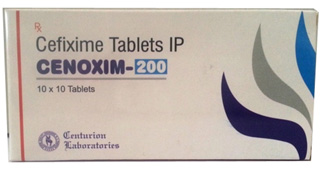

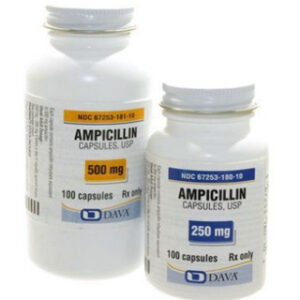
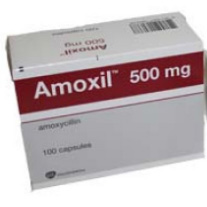
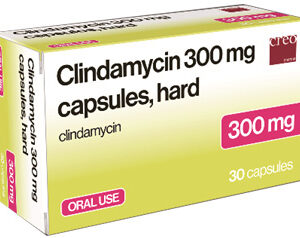
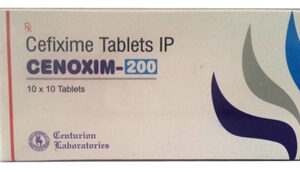
Reviews
There are no reviews yet.